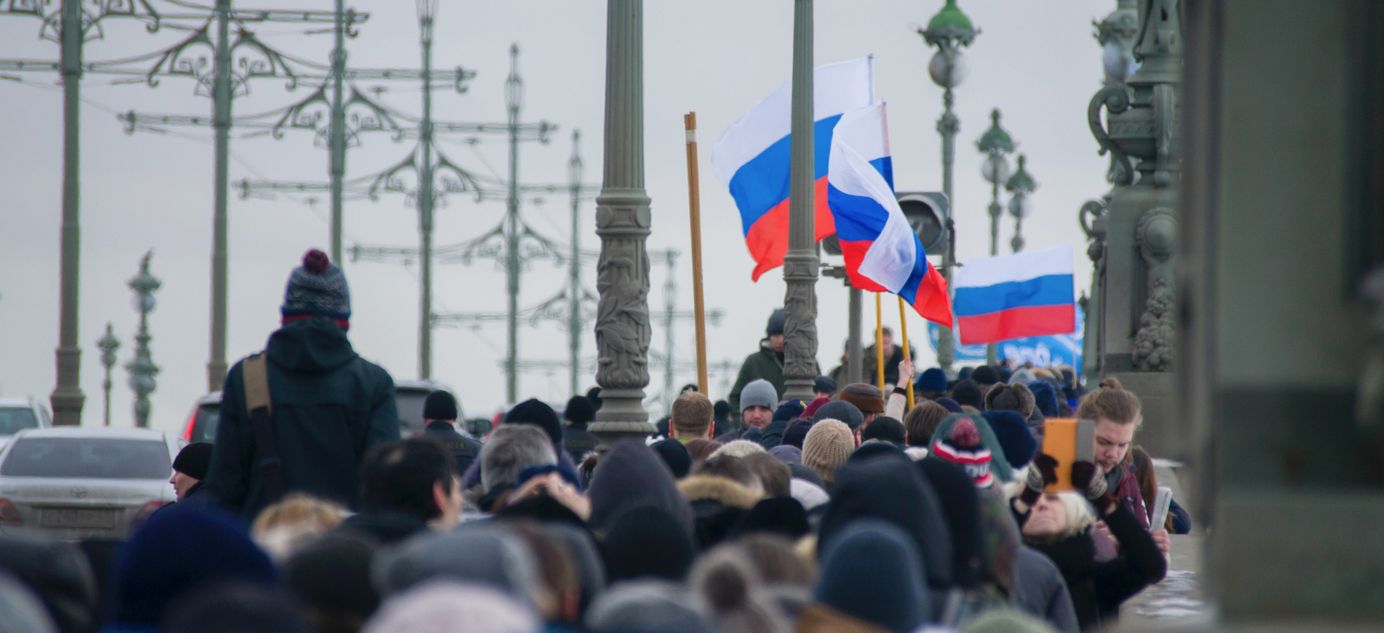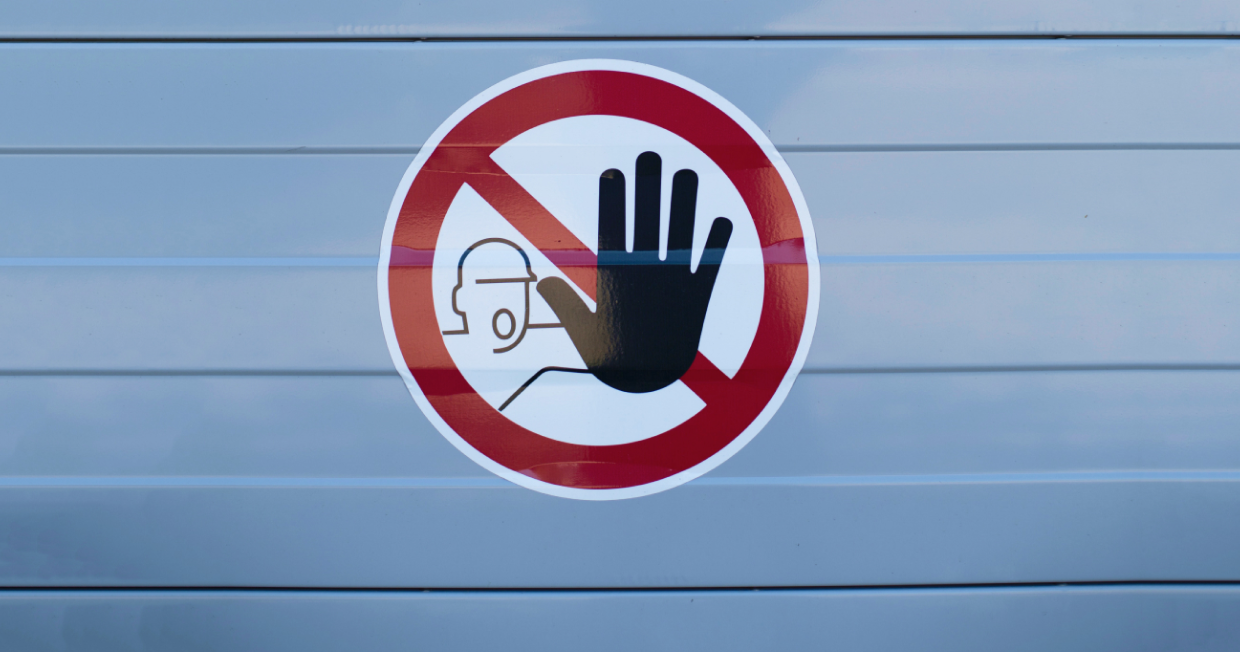
Mobilization fallout
Hello! In this week’s newsletter, we focus on the Kremlin’s military mobilization that has uprooted Russian society over the past week — sparking protests, sending hundreds of thousands of Russians scrambling for the borders and threatening broad economic implications. We also look at how Russian businesses are struggling to ensure employees are exempt from the call-up.
Referendums and mobilization
The last week of September has been no less momentous than the final days of February. Defeat in the Kharkiv region and the strain on personnel in Russia’s standing army forced the Kremlin to abandon its idea of a “special operation” conducted by “professional soldiers.”
In the past week, the pro-Russian administrations of Ukraine’s partially occupied territories – Luhansk, Donetsk, Kherson and Zaporozhye regions – announced fast-track referendums on formally joining the Russian Federation. Polling began on Sept. 23 and is due to finish on Sept. 27. There are no doubts about the outcome. State news agencies reported in advance that the regions may formally join Russia on Sept. 30. That same day, President Vladimir Putin is scheduled to give his next major speech: an address to the Federation Council. All the apocalyptic rumors currently sweeping the country — border closures, martial law, a major escalation in Ukraine — are tied to these dates.
Within days of the first reports of referendums, Putin signed a “partial” mobilization order for Russia. While the authorities are using every possible means to suggest that only a small number of men will be involved, the paragraph of Putin’s decree that specifies the precise number of conscripts remains classified. On Sept. 21, Putin himself repeatedly said only “people with military experience” would be called up. Defense Minister Sergei Shoigu, said that “300,000 reservists” would be called up in a separate speech. However, according to Russian law, this expression applies solely to people who signed specific contracts, meaning Shoigu’s words are very much open to interpretation.
An analysis of the cautious statements of Putin, Shoigu and other officials reveals that even the official statements from the authorities could be used to call up almost any Russian man. Only the elderly, full-time students and the terminally ill are guaranteed exemptions.
Apart from Shoigu’s statement, there are no concrete numbers for mobilization. Russian independent media have cited various sources who give different estimates of the figures in the classified paragraph of Putin’s order. Novaya Gazeta reported a million people, Meduza suggested 1.2 million. Thus far, though, the information cannot be verified.
However, several Russian regions have announced their official quotas for mobilization. These range from 1,000 to 8,000 people. According to unofficial figures, the quota for Moscow’s 12-million strong official population is 16,000 people. Extrapolating these figures across the entire population, we reach a number close to the official 300,000. However, Meduza’s sources claim that most draft papers will be sent out in rural areas, rather than in big cities with a high likelihood of protests.
Unlawful conscription and protests
Russians quickly concluded that even the mildest statements from Putin and the Defense Ministry were not to be trusted. Within the first days of the draft, there was evidence that some of those called up were people clearly outside fighting age — for example, a 49-year-old private or a 63-year-old colonel. In some villages, all men were taken without exception. Men who have been called up already say that they are billeted in barracks without beds. Their relatives have repeatedly testified that the men are sent for training without undergoing medical exams and are not given food or water.
None of this is surprising. Numerous studies say that Russia’s mechanisms for registering and mobilizing reservists have been underfinanced for decades — and that military commissariats are among the most backward and disorganized institutions in the country. Underlining this point, Russia has no unified electronic database of those liable for military service. In these circumstances, enlistment officers are forced to call up anyone and everyone to meet the demands from above.
A chaotic and often illegal mobilization of Russian men could provoke widespread protests. This may be tempered by the regime’s hard-headed approach to dealing with dissent. Despite this, protests have already emerged, generally led by women. Unsanctioned demonstrations have taken place in the republic of Sakha in eastern Siberia, as well as in Kabardino-Balkaria and Chechnya in the North Caucasus. The protest movement reached its apex in Dagestan, where people are taking to the streets for a third day. Moscow and St. Petersburg residents held protests in the mobilization’s early days, but they faltered after a harsh police crackdown. All in all, at least 783 people were detained over the weekend after rallies in 33 cities.
Alexei Levinson, head of social and cultural research at the independent Levada Center pollster, told The Bell that mobilization will increase the number of opponents to the war in Russia, but that mass protests are unlikely in the immediate future. Mobilization changes public opinion: it is no longer possible to ignore the war, but this could also introduce a heroic note: “We are a nation of soldiers. We will fight, it’s not our first time, etc,” Levinson said of the possible new mentality. “I think there are dark times ahead,” he concluded.
Political analyst Grigory Golosov echoed this, saying mass protests are unlikely to happen any time soon: it takes time for discontent to mature, and more time still for dissenters to come together and agree on a way forward. “Under the extreme level of repression typical of the Russian regime, this can only be expected when, first, a significant group of people feel disadvantaged by what is happening and, second, when they understand that only collective action, rather than individual, can resolve the issue,” Golosov said.
Crowds at the border
The only sure way to escape a call-up to the army and a rapid deployment to the front is to flee the country. Apparently, the Kremlin has decided that the risk of protests triggered by closing the borders is greater than the danger of a shortage of recruits, and five days after “partial mobilization” there has been no exit ban.
But it’s not so easy to leave Russia right now. Air traffic to Europe and North America was halted back in February, and the Baltic states and Poland have almost completely closed their borders. Tickets to countries where Russians can enter without visas surged in price on Sept. 21 and by Sept. 22-23 were almost completely sold out at any price. By Sept. 23, the cheapest generally available tickets for nearby Armenia or Turkey cost at least 200,000 rubles ($3,500).
As a result, huge traffic jams are forming at the few functional land border crossings into neighboring countries. The two most popular destinations are Georgia (which has only one border crossing with Russia) and Kazakhstan (where a 5,000-kilometer border passes 12 Russian regions). At all border crossings into these countries people are waiting for hours. In many cases, frustrated with the traffic jams, people are abandoning their cars and attempting to cross on bicycles or scooters (crossing the borders on foot is prohibited).
On Sept. 24-25, a friend of The Bell’s editors spent 54 hours trying to cross the Kazakh border in her car. On Sept. 23, it took 20 hours to cross the Georgian border. Another acquaintance of The Bell’s staff who reached the border on Sept. 24 waited 40 hours. He only made it into Georgia after abandoning his vehicle 4 kilometers from the border and paying $500 to a taxi driver who was waiting in line close to the checkpoint.
Border checks have become stricter since Saturday, adding weight to the persistent rumors that the borders could soon close. On Monday, four sources told The Bell that Russian airports started to receive mobilization lists over the weekend. Border officers are already carrying out more thorough checks on departing Russian men, denying exit to some. This does not affect everyone eligible for military service, only those for whom call-up papers have already been issued. So far, the exit bans are not widespread: a source at one Moscow airport told The Bell that 20 men were turned away the previous day. The exit restrictions apply to crew members as well as passengers, with reports of pilots and cabin crew being denied exit. In these cases, the member of the flight crew was replaced.
How does this affect the economy?
Although the parameters and scale of the mobilization are largely unclear, economists are already making early predictions. Alexander Isakov, who covers Russia and central & eastern Europe for Bloomberg Economics, issued a report based on official figures (300,000 conscripts). He estimates a further 0.25% drop in GDP as a result of mobilization, and an additional 0.5% rise in inflation over the course of 2022. The 300,000 men who might go to the army represent 0.9% of the male population aged 20-55. Isakov also warns that mobilization will spark a “brain drain” as the workforce heads to safer countries.
It is likely that the negative impacts of mobilization on the Russian economy will linger for several years. “We can base our conclusions on the experience of South Africa in the 1980s. Increased defense expenditure and public sector growth will have a structural impact that reduces potential annual growth to around 0.5% for the next five years,” Isakov wrote.
A combination of increased concern among the population and an expected rise in inflation, coupled with a further outflow of ruble deposits, could force the Central Bank to revert to its policy of raising interest rates – albeit not to the 20% seen in February – wrote Dmitry Polevoy, director of investments at Loko-Invest.
In the week after the mobilization was announced, Russian businesses dropped everything in their efforts to organize exemptions for their staff. So far, only two sectors have had much success: IT companies, telecoms operators and the media (as requested by the Communications Ministry), and banks and other financial institutions (at the request of the Central Bank). Companies in these industries have the right to ask for exemptions from the Defense Ministry based on a list compiled by managers. However, it’s not guaranteed that all employees will be exempt from service — and, moreover, only staff directly working in roles essential for communications and finance will receive exemptions.
Meanwhile, other industries are facing greater struggles. Aviation is a good example. Traditionally, this sector has strong lobbying powers. Yet five days after mobilization was announced, aviation companies have managed nothing more than an appeal to the Transport Ministry asking for exemptions for their staff. One airline employee told The Bell that the outcome of this request remained wholly uncertain.





